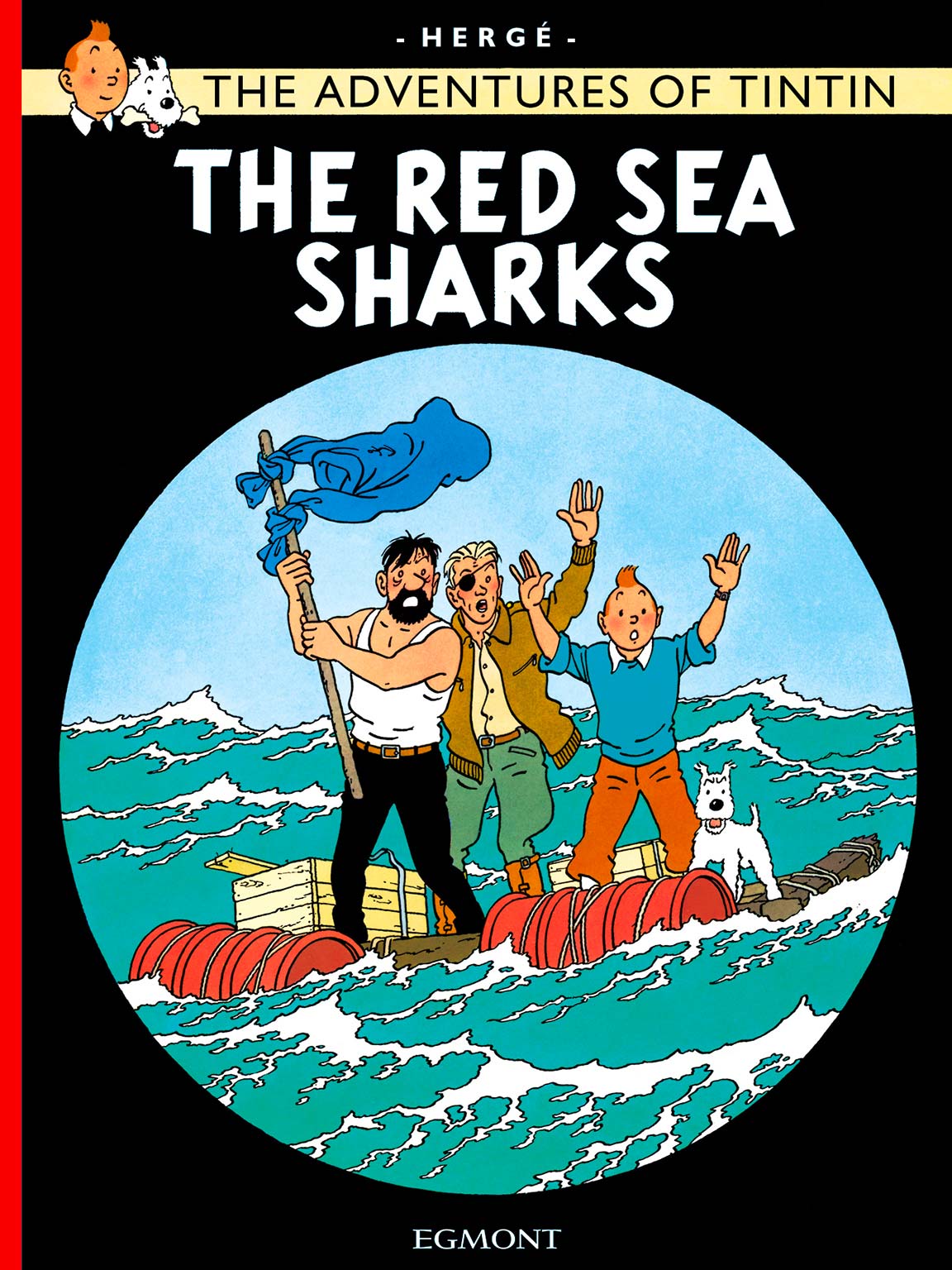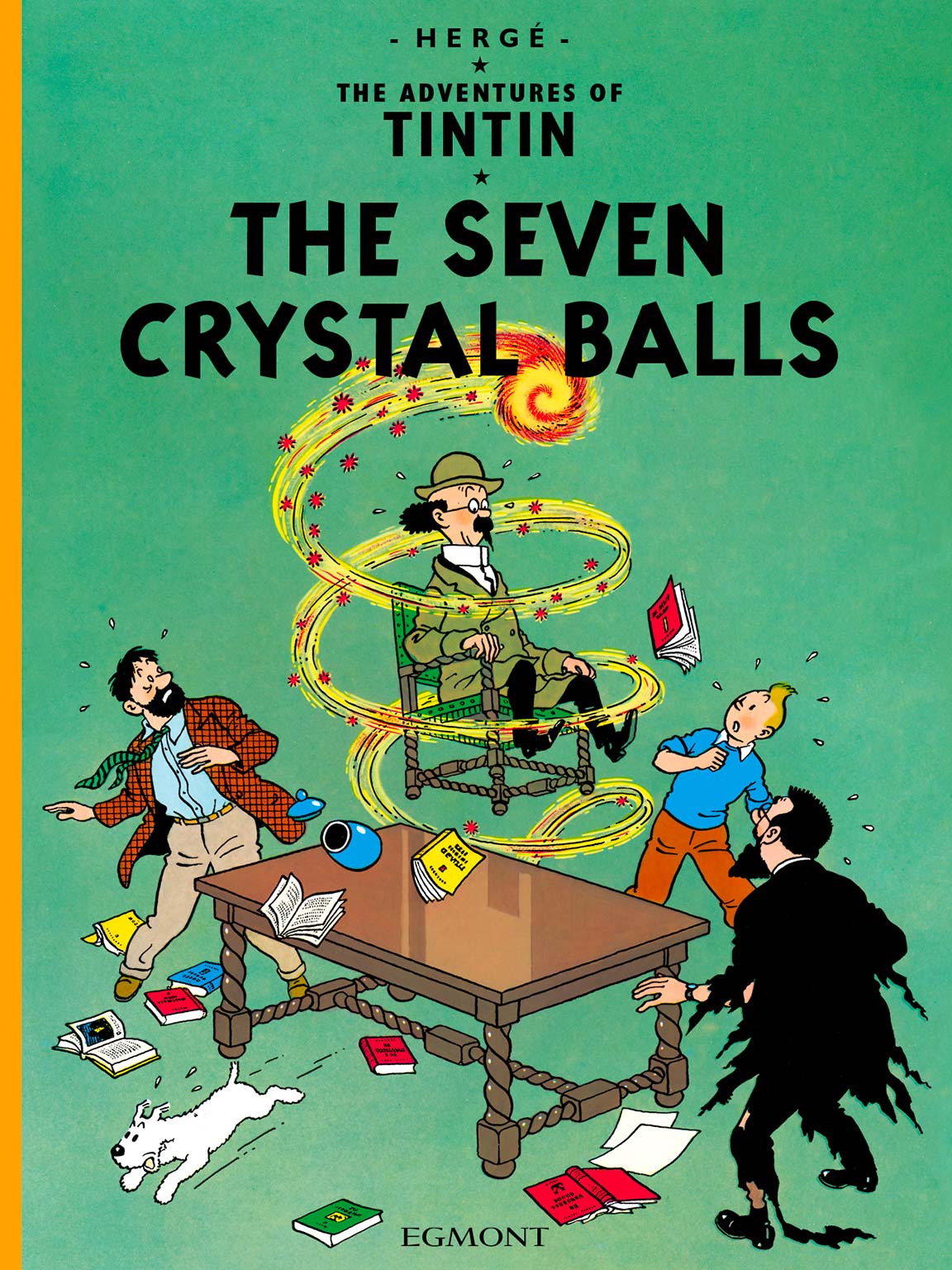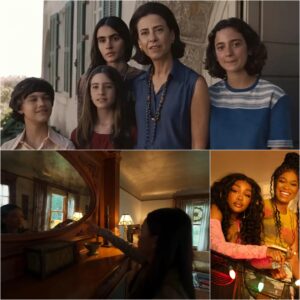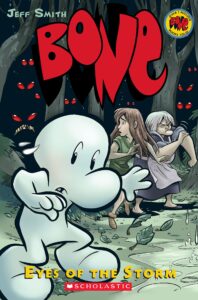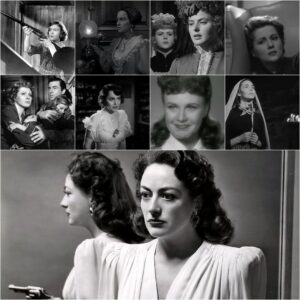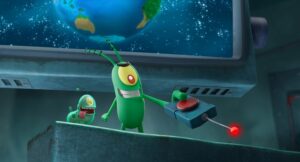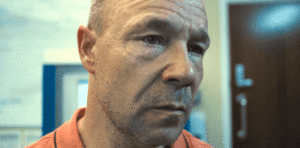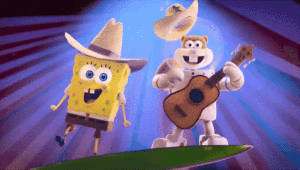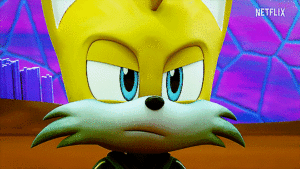Ranking Tintin Comics
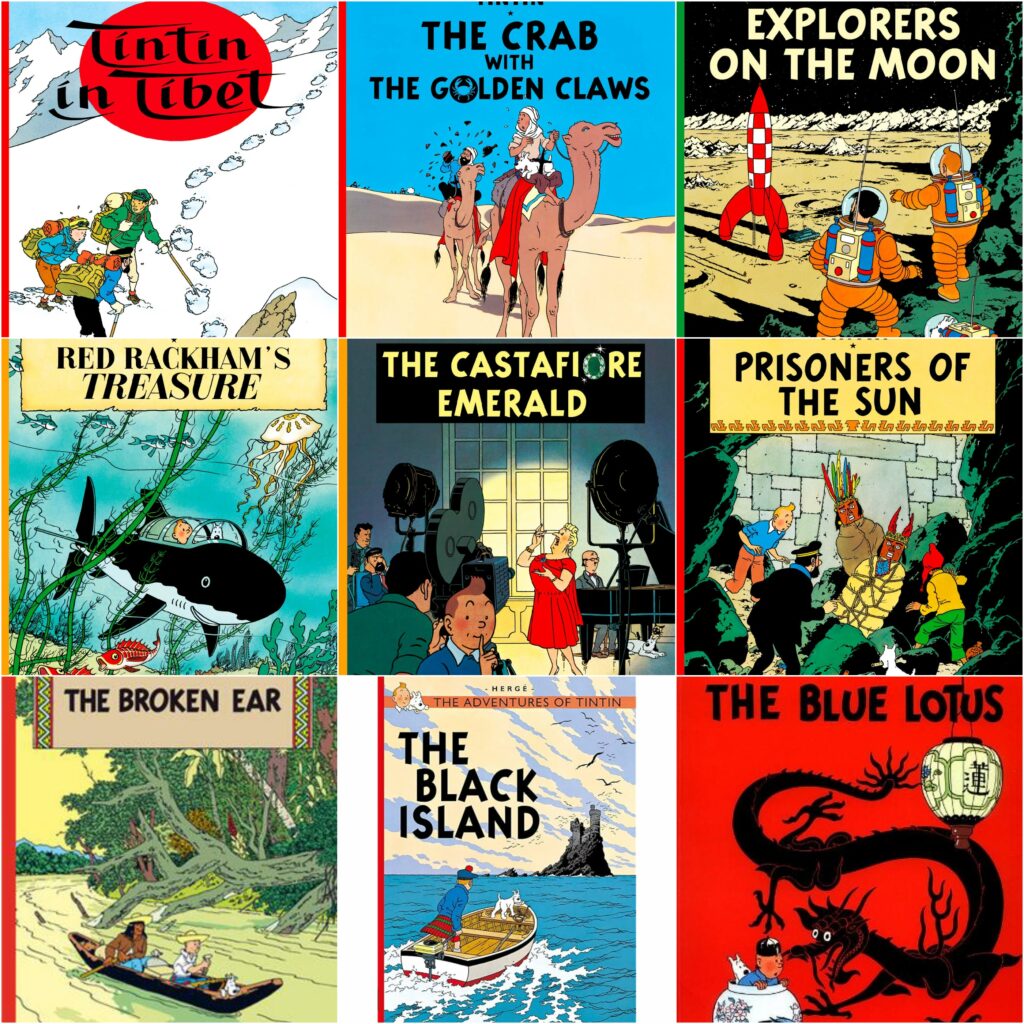
…………………………………………………
Ranking Tintin Comics
The Adventures of Tintin is one of the most important and greatest Franco-Belgian comic book series. This series of comics encompasses everything that is great about European comics – highly adventurous stories, vibrant illustrations and memorable characters. Throughout his tenure, Herge ended up writing 24 books in total. Here is my ranking of all of them.
24. Tintin in the Congo
And the number one worst Tintin comic of them all is the second installment by far. In it, Tintin and Snowy are sent to the Belgian Congo to report on events in the country. Much has been said about the racism that is present in this book and it truly is horrendous, but Tintin’s colonialist attitudes are even worse. But the most offensive part of the comic is the positive, comical depiction of big game hunting that aged so badly. A good villain and some fun scenes aside, Tintin in the Congo is the most problematic and unappealing Tintin adventure.
23. Tintin in the Land of the Soviets
The one that started it all. In this first story, Tintin and his dog Snowy are sent to the Soviet Union to report on the policies of Joseph Stalin’s Bolshevik government. At this very beginning, The Adventures of Tintin was only in its very rudimentary form as it focused less on adventure and much more on slapstick elements. Tintin himself was too unlikable and the illustrations were too simplistic. With that being said, some of the humor is quite good and the comic is nowhere near as offensive as the above entry, which is why it’s not dead last on this list.
22. Tintin and the Picaros
Tintin, Snowy, Captain Haddock and Professor Calculus as they travel to the South American nation of San Theodoros to rescue their friend Bianca Castafiore, who has been imprisoned by the government of General Tapioca. This penultimate volume in the series showed signs of Herge’s disinterest. Not only did he repeat the same setting that he used before, but he also deconstructed the series to the point of self-parody with Tintin being way too incompetent. It’s a comic that looks gorgeous and it has some fine moments, but it’s an unnecessary mess.
21. Tintin and Alph-Art
This entry revolves around Brussels’ modern art scene where Tintin discovers that a local art dealer has been murdered. Investigating further, he encounters a conspiracy of art forgery. This was the final Tintin book that was posthumously published after Herge’s death. He didn’t manage to finish it, but he left enough of the manuscripts and drawings, so that others could salvage it. This is a rough book in illustrations and its rushed nature. It actually has its fun moments and an interesting storyline, but how Haddock and Tintin were treated was poor. It’s a fine entry, but one that possibly would have been much better had it been properly finished.
20. Flight 714 to Sydney
Tintin and his friends become embroiled in their arch-nemesis Rastapopoulos’ plot to kidnap an eccentric millionaire from a supersonic business jet on a Sondonesian island. This comic was written at a time when Herge was becoming disillusioned with his series and the end result shows that as it’s one of his most lackluster efforts. While I did appreciate the strong illustration work and the over-the-top villainy on display, the story was an absolute mess and the ending was terrible. Whenever writers run out of ideas, they almost always go to aliens, and each time it’s very annoying.
19. The Calculus Affair
Tintin and others have to save Professor Calculus from his kidnappers in this lackluster, overrated comic. Many praise this one for its spy thriller elements, but I found its overall plot to be thin and uninteresting. The comic also was in desperate need of more adventurous moments and a stronger second half. That section was quite disappointing. With that being said, some aspects worked here. The first half was solid and the restaurant scene was fantastic. Haddock is also wonderfully utilized here and so was Calculus. But it remains a forgettable outing.
18. The Red Sea Sharks
Similarly to the above entry, The Red Sea Sharks is more for spy thriller fans while I prefer my Tintin stories to be more pulpy and adventurous. My main issue with this entry is the overall story that was quite weak and the insistence to include so many villains all at once. This backfired as it led to a ridiculously convoluted and haphazard narrative. On the positive side of things, the characterization was solid, the humor was at times quite good and the illustration work was phenomenal – there is some truly striking imagery sprinkled in throughout.
17. Tintin in America
Tintin in America is the third entry in the series and the first genuinely good one. Tintin and Snowy travel to the United States, where Tintin reports on organized crime in Chicago. This story established for the first time the style and content of the entire series to follow. The gangster crime elements were overwhelming here and so was the emphasis on action, but Tintin is more likable, Snowy is endearing and the illustrations are colorized and quite improved. The treatment of Native Americans was also surprisingly solid for the time.
16. Land of Black Gold
Land of Black Gold revolves around the attempts of Tintin to uncover a militant group responsible for sabotaging oil supplies in the Middle East. This comic came out years after Herge first started writing it, which did result in a slapdash effort in characters and structure. The book benefits from strong illustration work and a phenomenal usage of its main villain Dr. Mueller and also Thompson and Thompson – their desert mirage scene was hilarious. It’s a solid, but deeply flawed entry in the series.
15. The Seven Crystal Balls
Tintin and Haddock have to investigate the abduction of their friend Professor Calculus in this story that focused heavily on their friendship with Calculus to heartwarming results. Gorgeously illustrated and cleverly written, this story benefits from a heavy use of horror and mystery elements that are often not as pronounced in this series. My only gripe with this one is that it’s the first of a two-part story, which led to a slower, less engaging and less important part of a story that would only become epic and rousing in its next installment.
14. Destination Moon
Tintin and others prepare for their trip to the moon in this first part of a two-book story. As is usually the case with these split stories, Destination Moon felt very much like a mystery story that would then lead to a larger and more interesting adventure tale. It was cluttered with scientific facts at the expense of real suspense and fun. With that being said, the characters all got their moments to shine here, the illustrations are beautiful and its realism is impressive. Herge’s attention to detail in drawings and scientific facts are particularly evident here.
13. Cigars of the Pharaoh
Cigars of the Pharaoh is an iconic Tintin adventure that sees him go to Egypt, Arabia and India. This was the first truly great installment in the series that still had its issues – an overabundance of complicated plot points and too many characters hurt it in the long run. With that being said, it worked because of its exotic locations, a fun storyline and great illustration work. It was particularly notable for introducing us for the first time to hilarious sidekicks Thompson and Thompson.
12. King Ottokar’s Sceptre
Tintin and Snowy travel to the fictional Balkan nation of Syldavia where they combat a plot to overthrow the country’s monarchy. As a Serb myself, I found it an absolute delight that Herge would devote an entire volume to my region. This is a messy, uneven volume in terms of its overly complicated plotting, but Snowy was a delight, the suspense is palpable, the illustration work is incredible and Herge’s eye for detail in depicting this culture was evident throughout.
11. The Secret of the Unicorn
The Secret of the Unicorn has that issue of being just the first part of a longer story, thus it functions as setup more than a story in and of itself. With that being said, this is still a wonderful comic that benefits from a great Captain Haddock arc and a terrific family history of his that we got to see explored. Artistically speaking, it’s such a well drawn and composed work. It’s also intricately plotted and compelling, though too convenient in the last stretch.
10. The Shooting Star
Tintin along with Snowy and Captain Haddock travels aboard a scientific expedition to the Arctic Ocean on an international race to find a meteorite that has fallen to the Earth in this very underrated Tintin story that is refreshingly fantastical. The giant mushrooms made for instantly iconic imagery. The second half is less confident in execution, but the first half is particularly potent in atmosphere of suspense and paranoia. It’s such a thrilling read.
9. The Blue Lotus
The Blue Lotus was the sequel to Cigars of the Pharaoh and it trumped its predecessor without a doubt. It still has an overly complicated plot with way too many twists and turns, but the story benefits from lovely illustrations, an introduction to Tintin’s lifelong friend Chang and a particularly historically accurate depiction of China that is still admirable to this day. How Herge went from his offensive second comic to this politically correct one in such a short time is mind-blowing.
8. The Black Island
Tintin pursues a gang of criminals in Scotland in The Black Island, one of the most purely entertaining books in the series where a sense of adventure is more important than political intrigue and mostly for the better. The third act with the gorilla was a bit too silly, but the comic looked gorgeous, it benefitted from an excellent villain in the form of Mueller and it has numerous excellent character moments for the entire roster. It’s so much fun.
7. The Broken Ear
The sixth entry, The Broken Ear is where Tintin started being more of an explorer than a reporter and that was a change for the better. This story deals with an interesting South American conflict centered on oil, but in spite of its heavy emphasis on history, Herge still did not forget to have fun as he included so many great action set pieces throughout with the rapids scene being the highlight. It’s a beautifully drawn and very adventurous comic.
6. Prisoners of the Sun
Tintin, Snowy and Captain Haddock continue their efforts to rescue the kidnapped Professor Calculus by travelling through Andean landscapes before finding a hidden Inca civilization. This was a much more confident story than its predecessor that set it up with a mystery. This was a peak adventure in that lovely 19th century Jules Verne fashion as we get to experience Peruvian villages, mountains and rainforests. The result is a gorgeous-looking and spirited comic that features an interesting ending and fun action throughout.
5. The Castafiore Emerald
Set at Marlinspike Hall, the plot of this underrated gem concerns the visit of the opera singer Bianca Castafiore and the subsequent theft of her emerald. The Castafiore Emerald is definitely an acquired taste due to its lack of true adventure and/or mystery elements, but it worked because it deconstructed the Tintin formula so effectively. The post-modern approach to storytelling really worked and the characterization was fantastic. Bianca Castafiore has never been better while Haddock was hilarious – him being confined to a wheelchair made him less proactive and more dependent on others, which proved to be great fodder for humor.
4. Red Rackham’s Treasure
The Secret of the Unicorn is certainly quite good, but it is Red Rackham’s Treasure that took this story to amazing heights as the trio got to go on adventure in search of the titular treasure. The underwater scenes were particularly fun and also gorgeously drawn and meticulously detailed. Although the ending is a bit disappointing and anti-climactic, the rest of the story was phenomenal and the humor spot-no. Herge also introduced Professor Calculus in this volume and he instantly became a highly amusing, indispensable part of the character roster.
3. Explorers on the Moon
This volume continued the story from the predecessor and blew it away in terms of scope, memorable storytelling and humor as well. The superb characterization propelled by phenomenal dialogue and humor is the highlight of this volume that made perfect use of its setting. The Moon has rarely been better depicted or explored in comics as it was here. The Thompsons and Haddock got a hilarious dynamic while all the other characters also got their moments to truly shine. This is one of the best Tintin stories, one that has it all – it’s not only extremely realistic, artistically inclined and suspenseful, but also incredibly fun and funny.
2. The Crab with the Golden Claws
The second placement goes to this undeniable masterpiece. This was the moment in the series where Herge finally got loose, focusing more on sheer adventure, humor and scope than political commentary. This was also the entry where Captain Haddock was introduced for the first time, which instantly rejuvenated the entire series. Not only was the desert setting perfectly utilized for some wonderful adventuring, but character development was at its peak here. Haddock’s story is one that is both funny and very touching while his friendship with Tintin is established from the get-go, resulting in so many amusing as well as very moving scenes.
1. Tintin in Tibet
And the greatest Tintin comic is clearly Tintin in Tibet. This is one of those instances where any other choice would seem blasphemous. Tintin travels to the Himalayas to search for his missing friend Chang and there he encounters a yeti. The yeti was a rare fantastical element in a series that mostly stayed away from fantasy, but this addition not only worked, but it led to that deeply moving, poetic ending that has stuck with me to this day. This comic has it all – it’s both emotional and sophisticated as well as fun and humorous. Haddock not wanting to go, but still deciding to accompany Tintin was not only wildly amusing, but genuinely endearing as it signified the strength of their friendship. The story is entertaining and adventurous while not having any suspense or villains, which was a brilliant choice. This is all about Tintin’s arc, which was his best in the series. It is about spirituality and the importance of human spirit and perseverance. Reading this book, you are bound to feel those divine, higher emotions and Herge should be applauded for creating such a personal yet timeless work. It’s not just the greatest Tintin comic book, but also one of the best comics in the history of the medium.






